Do you know about Taira no Masakado? He is one of the three most feared spirits in Japan, alongside Emperor Sutoku enshrined at the Yasui Konpira-gū for severing ties, and Sugawara no Michizane, the deity of learning, worshiped at various shrines. Taira no Masakado is enshrined at the Kanda Shrine in Chiyoda, Tokyo. Additionally, in the midst of the office buildings of major companies in Otemachi, Tokyo, there lies a burial mound for Masakado’s head. Why is there a burial mound in the middle of an office district? This time, I will introduce Taira no Masakado, one of the famous three great wrathful spirits of Japan!
Who was Taira no Masakado?
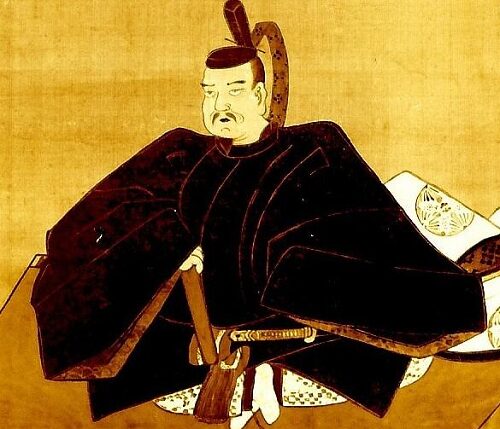
Taira no Masakado was a military commander during the mid-Heian period, known for his rebellion in the Kantō region around 940 AD. He based himself in what is now Ibaraki Prefecture and declared himself the “New Emperor,” establishing an independent force and showing defiance against the imperial court. This rebellion is known as “Masakado’s Rebellion” and is one of the most notable armed insurrections in Japanese history.
Masakado’s grandfather had been appointed as the governor of Kazusa Province, and after his term, he continued to wield power, which helped to solidify the Taira clan’s power base. Following his father’s death, a succession dispute erupted, and Masakado, seeking power, took the drastic action of killing his uncle. He then attacked the Hitachi provincial government for refusing to hand over Taira no Sadamori and, riding this momentum, started attacks on several provincial governments in Kantō.
Masakado’s military might was innovative for its time, characterized by the use of cavalry and the introduction of curved Japanese swords, which were easier to wield on horseback. With this, Masakado successively defeated the provincial governments of eight Kantō provinces and expelled the provincial governors. Ultimately, he declared himself the “New Emperor” and openly revolted against the imperial court.
The imperial court perceived this rebellion as a significant threat, ordered prayers for Masakado’s defeat in various temples and shrines, and appointed Fujiwara no Tadahira as the commander-in-chief for the subjugation of the east. However, before the court’s forces arrived, Masakado was killed by a group of local warriors, including Fujiwara no Hidesato.
The Tomb of Taira no Masakado’s Head
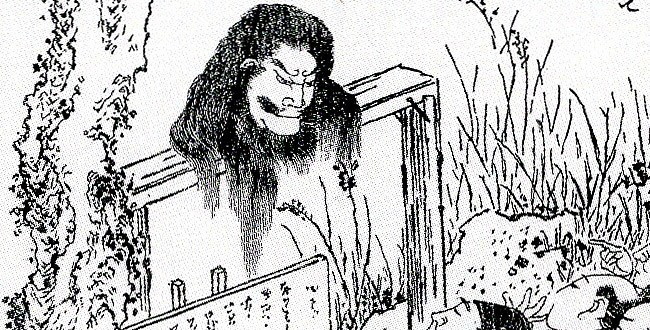
(Reference Image: Military Commander and Historic Site Information “Rekishi-Kan”) The tomb of Taira no Masakado’s head is a historic site stemming from the legend of Taira no Masakado, a military commander from the Heian period. After his defeat in the rebellion known as Masakado’s Rebellion, his body was buried at Enmyō-in in present-day Bando City, Ibaraki Prefecture. However, his head met a more humiliating fate; it was taken separately to Heian-kyō (modern Kyoto) and exposed on the riverbank of the main street. Notably, Masakado’s was the first known instance of decapitation and public display of a head in Japanese history.
A terrifying legend emerged that the head, which did not decompose, would scream every night with its eyes wide open, calling for its body to be rejoined for battle. On the third night, it’s said that the head soared into the sky, seeking its severed body, and flew back to his homeland in the East. The location where the head is believed to have fallen is now marked by “Masakado’s Kubizuka” in Otemachi, Chiyoda Ward, Tokyo. As soon as the head was placed at the current site of the Kubizuka, an anomalous phenomenon occurred where the earth began to shake, and sunlight disappeared, instilling fear in the people. In their panic, they constructed a tomb for the head and eventually enshrined it at the nearby Kanda Shrine, which is said to have quelled the curse. Thus, out of fear of Masakado’s curse, people created the tomb and carefully performed rites for the head.
The Curse of Taira no Masakado
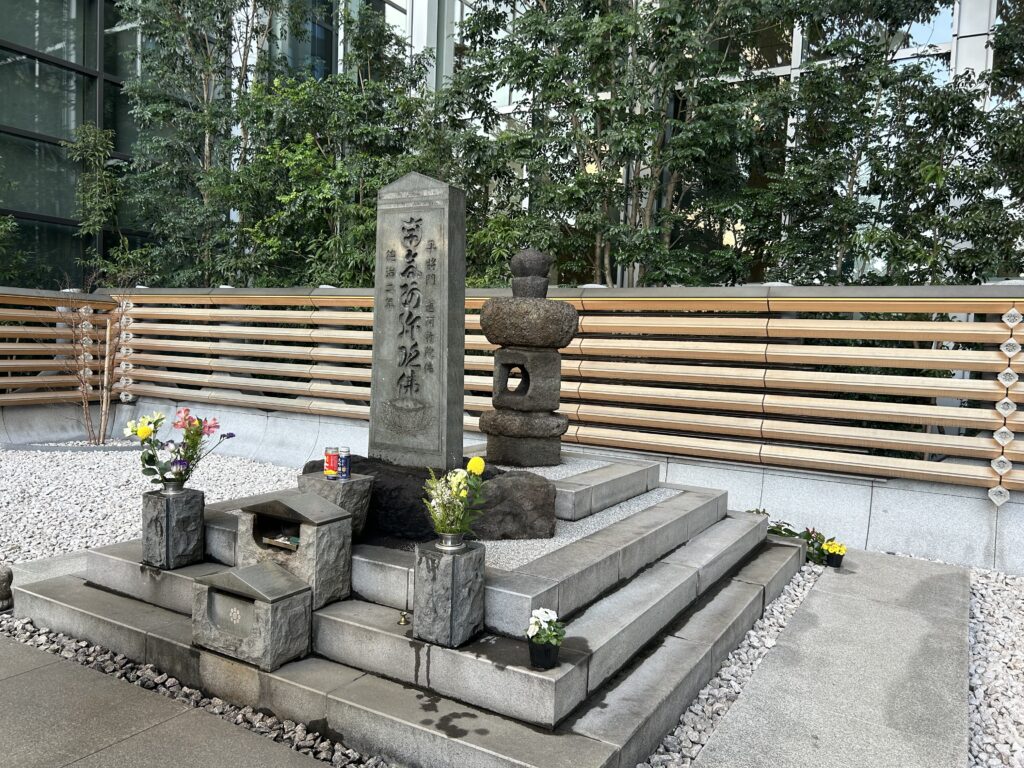
The curse of Taira no Masakado manifested suddenly in modern times. The tomb, located in Chiyoda Ward, Tokyo, is said to be the source of various mysterious phenomena attributed to Masakado’s vengeful spirit. The most famous incident occurred after the Great Kantō Earthquake, when the tomb was demolished to build a temporary government building, resulting in the deaths of 14 people, including the Finance Minister, and numerous injuries and illnesses. Consequently, the temporary building was demolished.
After the war, during the American GHQ’s demolition efforts, an accident occurred where heavy machinery overturned, killing the operator and halting the construction. During the high economic growth of the Showa era, a part of the land of the tomb was sold, and employees of the Long-Term Credit Bank of Japan, which was built on the site, fell ill in succession, necessitating a purification ceremony.
Even today, buildings adjacent to the tomb take special care to show respect for the tomb. For example, building floor layouts are designed not to turn their backs on the tomb, and no windows overlook it. These measures are taken to avoid the wrath of the tomb’s vengeful spirit.
Beside the tomb, there are frog statues, based on the legend that Masakado had the power to control frogs. People who have had their wishes fulfilled often dedicate these statues in gratitude, with one particularly large frog dedicated by the manager of the Mitsui & Co. Manila branch after his release from a kidnapping. Mitsui & Co., located adjacent to the tomb, is also said to have paid the electricity bill for the street lamps around the tomb for many years.
With such a curse in the background, the tomb of Taira no Masakado’s head presents an eerie presence amidst the high-rise buildings of major corporations in Otemachi.
Taira no Masakado and Kanda Myojin

Earlier, I introduced the phenomenon that occurred when Taira no Masakado’s head fell and the ground shook while sunlight disappeared, leading people to erect a tomb and enshrine him at the nearby Kanda Myojin. This means that the original Kanda Myojin was located around the current Otemachi area. The present Kanda Myojin was relocated to its current location during the Edo period.
When Tokugawa Ieyasu entered Edo and began organizing Edo Castle, the proximity of Kanda Myojin to the castle became an issue. As a result, Kanda Myojin was first moved to Kanda Dai and then, in 1616, to its current location. This new location is in the northeast direction from Edo Castle, traditionally considered the “demon’s gate” and avoided as the direction from which evil spirits were believed to come. Tokugawa Ieyasu installed the shrine in this direction as a countermeasure against disasters, enshrining Taira no Masakado, who was considered a vengeful spirit, as a protective deity. This was based on the idea of converting a vengeful spirit into a protective one. However, the tomb itself, feared for its curse, was not moved from its place.
Summary
How was it? In this article, we introduced the relation between Taira no Masakado, his tomb, the curse, and Kanda Myojin. The curse of Taira no Masakado, the first to be beheaded and displayed in Japan, is terrifying, and for this reason, his tomb still exists in Otemachi, an office district.
This site also introduces various aspects of Japanese history and culture besides Taira no Masakado. If you’re interested, please read our other articles!



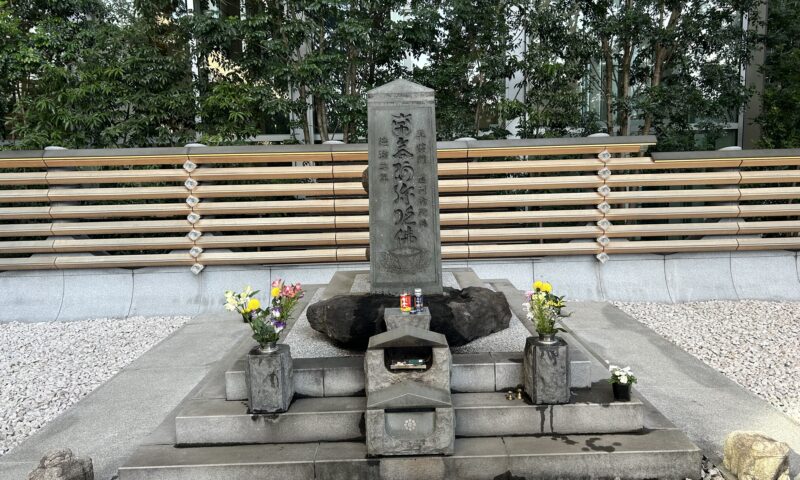
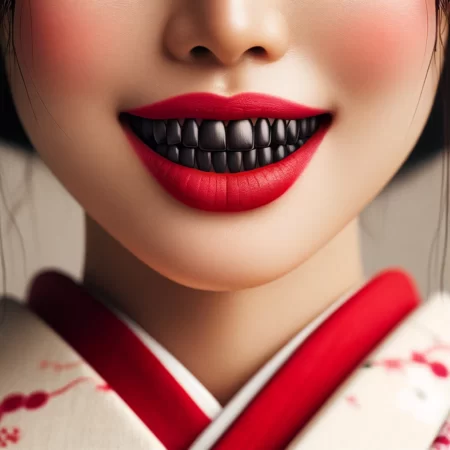
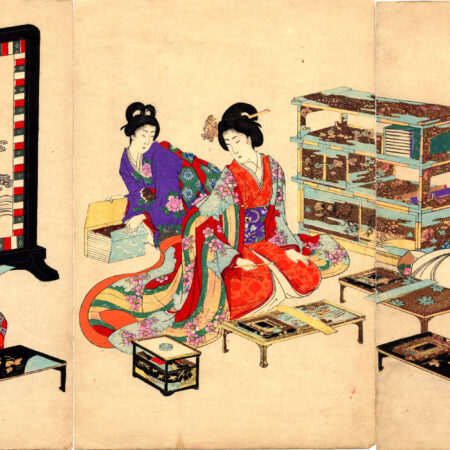
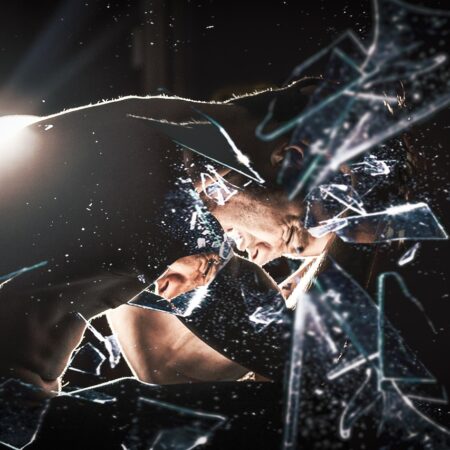
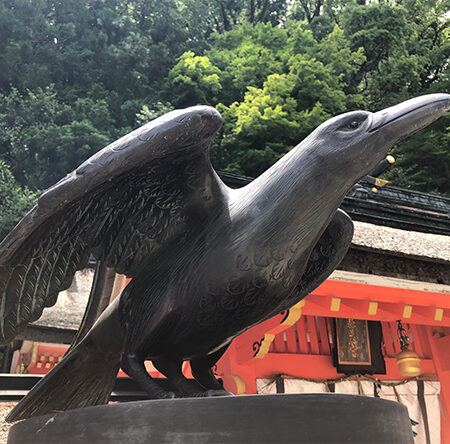
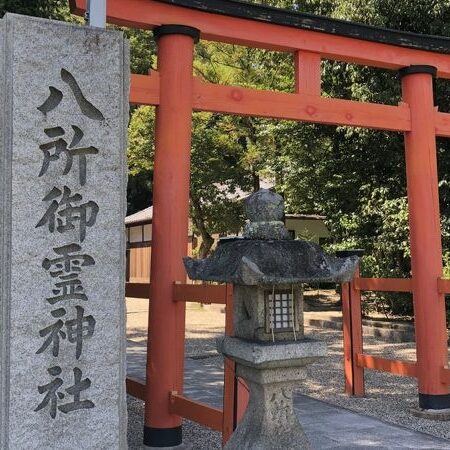

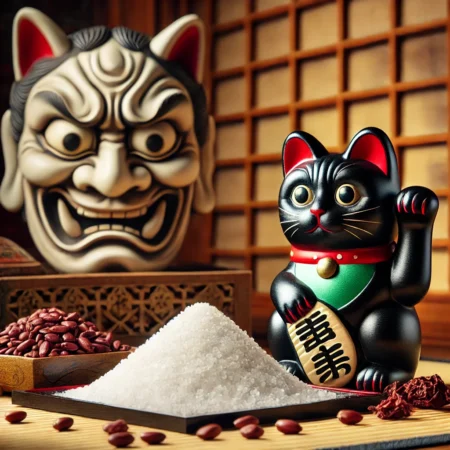




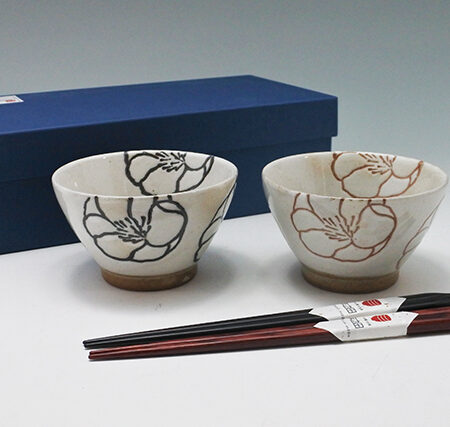
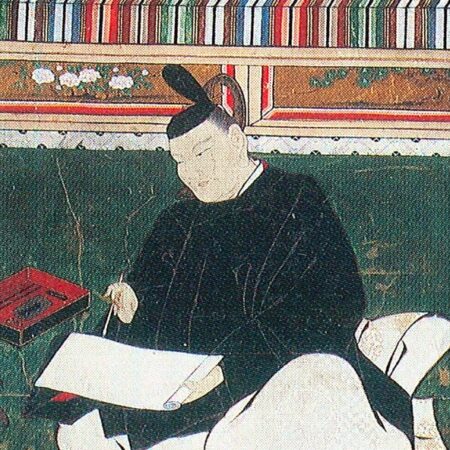
コメント